Best Plant Nutrients: How to Choose and Use the Right Fertilizers for Your Plants
Table of Contents
The Importance of Plant Nutrients: Understanding the Role of Fertilizers in Plant Growth
Plants, like all living organisms, require essential nutrients to grow and thrive. These nutrients, known as plant nutrients, play a crucial role in various physiological processes within plants, ranging from photosynthesis to root development. However, in many cases, the naturally occurring nutrients in soil may not be sufficient to meet the demands of growing plants, especially in high-yield agriculture or urban gardening settings. This is where fertilizers come into play.
Fertilizers are specifically formulated products that provide plants with the necessary nutrients they need for optimal growth and productivity. By supplementing the soil with fertilizers, gardeners and farmers can ensure that plants receive the appropriate balance of nutrients, supporting their overall health and development. Fertilizers contain a wide range of macronutrients, such as nitrogen, phosphorus, and potassium, as well as micronutrients like iron, zinc, and manganese. These nutrients work together to promote healthy plant growth, enhance resistance to diseases and pests, and improve the quality and yield of crops.
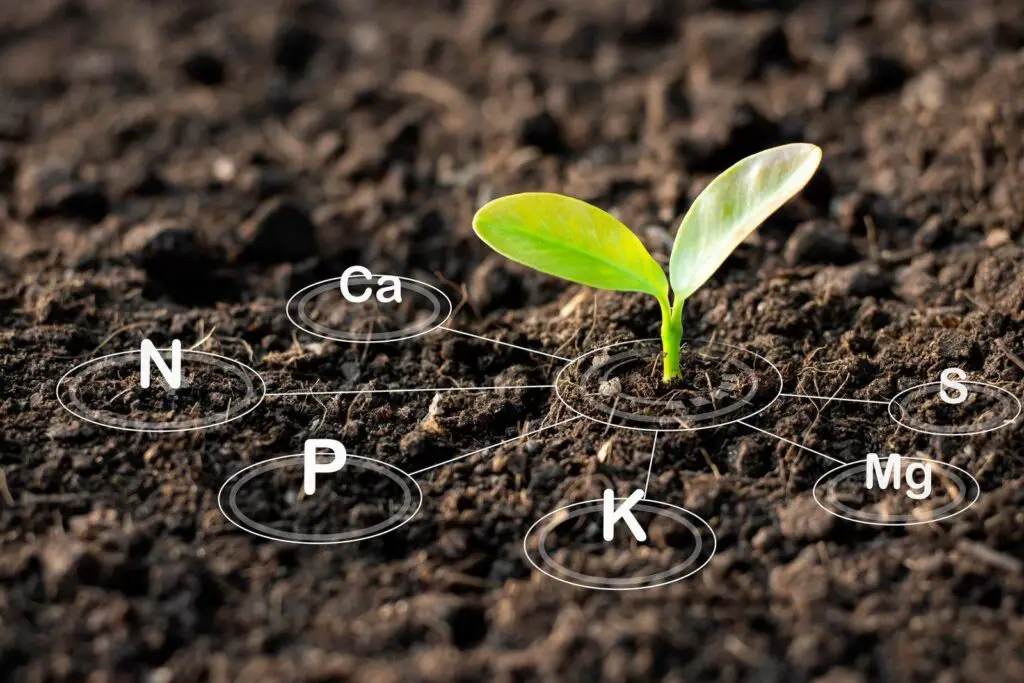
In the following sections, we will delve deeper into the world of plant nutrients, exploring the different types of macronutrients and micronutrients, as well as their specific roles in plant development. We will also explore the importance of soil analysis in determining the nutrient content of the soil and the subsequent fertilizer requirements. Additionally, we will compare organic and synthetic fertilizers, discussing their pros and cons in terms of sustainable plant nutrition. So, join us on this informative journey as we uncover the fascinating role of fertilizers in ensuring the health and vitality of our beloved plants.
Essential Plant Macronutrients: Exploring the Key Elements for Healthy Plant Development
Plants, just like humans, require a balanced diet to achieve optimal health and development. Essential plant macronutrients play a crucial role in this process, providing the key elements necessary for healthy plant growth. These macronutrients include nitrogen (N), phosphorus (P), and potassium (K), commonly represented as the familiar NPK ratio found on fertilizer labels.
Nitrogen is an essential macronutrient responsible for leaf and stem growth. It is a vital component of proteins, nucleic acids, and chlorophyll, the green pigment necessary for photosynthesis. Phosphorus, on the other hand, is essential for energy transfer within the plant, aiding in root development, flowering, and fruit production. Lastly, potassium is critical for overall plant vigor and disease resistance, regulating water uptake and nutrient transport.

Ensuring an adequate supply of these essential macronutrients is essential for promoting healthy plant development. Understanding their roles and the appropriate methods to provide them to plants can lead to vibrant, productive, and thriving gardens and landscapes.
Understanding Micronutrients: Unveiling the Lesser-Known Nutritional Requirements of Plants
Micronutrients are essential for plant growth and development, although their requirements are often overlooked compared to macronutrients. These trace elements are required in smaller quantities, but their role in plant health and vitality should not be underestimated.
One crucial micronutrient is iron, which plays a vital role in chlorophyll synthesis, energy production, and enzyme activation. Iron deficiency in plants can lead to chlorosis, where leaves turn yellow due to a lack of chlorophyll. Other micronutrients, such as zinc, manganese, copper, molybdenum, and boron, are equally important for various physiological processes. For instance, zinc is involved in enzyme activation and protein synthesis, while manganese is essential for photosynthesis and antioxidant defenses. Copper plays a role in electron transport, molybdenum supports nitrogen metabolism, and boron is crucial for cell wall formation and nutrient uptake.
To ensure adequate micronutrient availability, it is essential to conduct soil tests to assess nutrient levels accurately. Soil pH, organic matter content, and soil texture can significantly influence micronutrient availability. In some cases, soil amendments or foliar applications of micronutrient fertilizers may be needed to correct deficiencies. It is crucial to use these trace elements in a balanced manner, as excessive amounts can be toxic to plants. Understanding the specific micronutrient requirements of different plant species is key to optimizing their growth and ensuring healthy, vibrant gardens.
Soil Analysis: Assessing Your Soil’s Nutrient Content to Determine Fertilizer Needs
Soil analysis plays a crucial role in determining the nutrient content of your soil and identifying the specific fertilizer needs of your plants. By assessing the nutrient levels present in the soil, you can make informed decisions about the type and amount of fertilizer required for optimal plant growth.
When conducting a soil analysis, several key factors should be taken into consideration. These include pH levels, nutrient availability, organic matter content, and the presence of any potential contaminants or toxins. Through careful examination and testing, you can gain valuable insights into the overall health and fertility of your soil.
Understanding the nutrient composition of your soil is essential for determining the appropriate fertilizer needs of your plants. Different plant species have varying requirements when it comes to essential macronutrients such as nitrogen, phosphorus, and potassium, as well as micronutrients like iron, zinc, and manganese. By conducting a soil analysis, you can identify any deficiencies or imbalances in these nutrients and tailor your fertilizer application accordingly.
Overall, soil analysis provides valuable information that enables you to make informed decisions about fertilizing your plants. By understanding the nutrient content of your soil, you can ensure that your plants receive the optimal nutrition they need for healthy growth and development. Through regular soil testing and analysis, you can continuously monitor and adjust your fertilization practices, leading to thriving plants and productive gardens.
Organic vs. Synthetic Fertilizers: Weighing the Pros and Cons for Sustainable Plant Nutrition
Organic and synthetic fertilizers are two options available for gardeners looking to promote sustainable plant nutrition. Each type has its own advantages and disadvantages that should be taken into consideration when choosing the right fertilizer for your plants.
One of the main benefits of organic fertilizers is their ability to improve soil health over the long term. They contain natural materials, such as compost, manure, or plant residues, which provide a slow release of nutrients to plants. Additionally, organic fertilizers enhance soil structure and promote beneficial microbial activity, leading to improved nutrient availability and water retention.
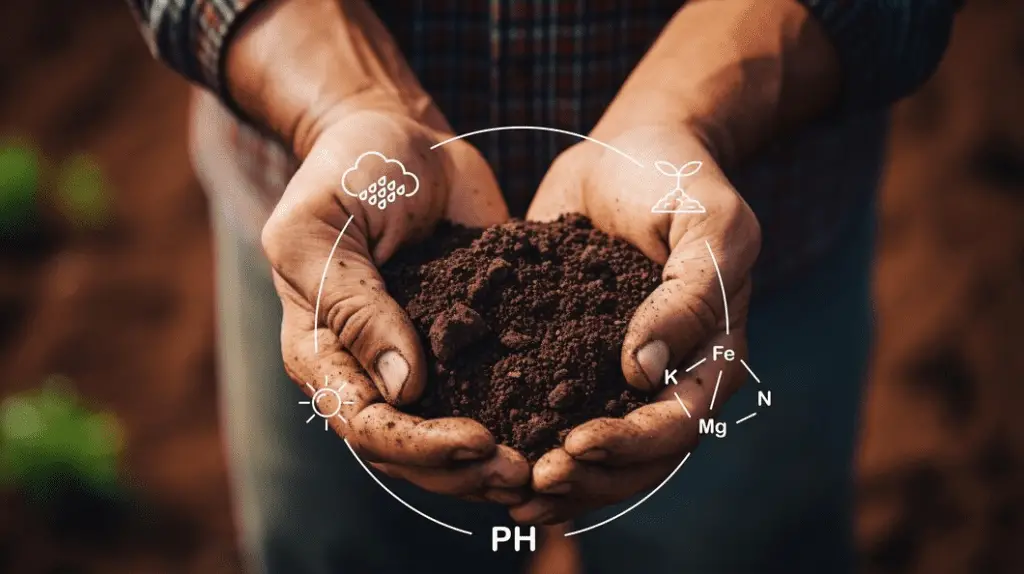
On the other hand, synthetic fertilizers offer a more immediate release of nutrients, allowing plants to rapidly take up the necessary elements for growth. These fertilizers are often formulated with precise nutrient ratios, making it easier to address specific deficiencies in plants. Synthetic fertilizers also tend to be more concentrated, requiring less volume to achieve desired nutrient levels. However, their prolonged use may lead to nutrient imbalances in the soil and can have negative impacts on the environment if not used correctly.
NPK Ratios: Decoding the Numbers to Choose the Right Fertilizer Composition
Decoding the NPK ratios is essential for choosing the right fertilizer composition to ensure optimal plant growth and development. The NPK ratio represents the percentage by weight of three primary nutrients: nitrogen (N), phosphorus (P), and potassium (K). Each nutrient plays a crucial role in different aspects of plant health, and understanding their proportions is key to providing the right balance of nutrients.
Nitrogen (N) is responsible for promoting leaf and stem growth, as well as overall plant vigor. It is essential for the production of chlorophyll, which is vital for photosynthesis. Phosphorus (P) is involved in root development, flowering, and fruiting. It plays a critical role in energy transfer within the plant and is crucial for the formation of DNA, RNA, and ATP (adenosine triphosphate). Potassium (K) contributes to overall plant health by regulating water uptake, enhancing disease resistance, and improving nutrient utilization.
When selecting a fertilizer, it is important to consider the specific needs of your plants. Some plants, such as leafy greens, require higher nitrogen levels to promote lush foliage growth. Others, like flowering and fruit-bearing plants, benefit from higher phosphorus and potassium levels to support blooming and fruit development. Understanding the ideal NPK ratio for each type of plant will help ensure that your fertilizer choice meets their nutritional requirements, leading to healthier, more productive plants.
Slow-Release Fertilizers: Optimizing Nutrient Delivery for Long-Term Plant Health
Slow-release fertilizers are a valuable tool in optimizing nutrient delivery for long-term plant health. These fertilizers are specifically designed to gradually release nutrients over an extended period, providing a steady supply of essential elements to plants without the risk of overfertilization.
One of the key advantages of slow-release fertilizers is their ability to reduce nutrient leaching. Unlike traditional fertilizers that release nutrients quickly, often leading to excessive runoff and leaching, slow-release fertilizers release nutrients in a controlled manner. This controlled release allows plants to take up the nutrients they need more efficiently, minimizing waste and environmental impact. Additionally, slow-release fertilizers can help improve soil fertility by promoting microbial activity, which aids in nutrient cycling and enhances overall soil health.
Using slow-release fertilizers also offers the convenience of reduced application frequency. With traditional fertilizers, frequent applications are required to meet the nutrient demands of plants. However, slow-release fertilizers provide a continuous supply of nutrients, reducing the need for frequent reapplication. This not only saves time but also ensures a consistent nutrient supply for plant growth and development.
In conclusion, slow-release fertilizers offer several benefits for long-term plant health. By optimizing nutrient delivery and reducing waste, these fertilizers promote sustainable and efficient nutrient uptake. Their convenience and ability to enhance soil fertility make them a valuable choice for gardeners and farmers alike.
Liquid Fertilizers: Exploring the Benefits and Application Methods for Efficient Nutrient Uptake
Liquid fertilizers offer several benefits and are an effective method for providing essential nutrients to plants. One of the key advantages of liquid fertilizers is their ability to be quickly absorbed by plants, allowing for efficient nutrient uptake. Unlike solid fertilizers, which require time to break down and release nutrients, liquid fertilizers are readily available for immediate use by plants.
Additionally, liquid fertilizers offer precise control over nutrient ratios, allowing for tailored nutrition to meet specific plant requirements. By adjusting the concentration and composition of the liquid fertilizer, gardeners can provide plants with the exact nutrients they need, promoting healthy growth and development.

Application methods for liquid fertilizers are diverse, providing flexibility and convenience for gardeners. They can be applied as a foliar spray, where the fertilizers are directly sprayed onto the leaves, enabling rapid absorption. Alternatively, liquid fertilizers can be applied directly to the soil, either by drenching the root zone or through irrigation systems. These application methods ensure that plants receive a consistent supply of nutrients throughout the growing season.
Overall, liquid fertilizers offer numerous benefits, such as quick absorption, precise nutrient control, and versatile application methods. By utilizing liquid fertilizers, gardeners can provide their plants with efficient nutrient uptake, supporting robust growth and overall plant health.
Foliar Feeding: Enhancing Plant Nutrition through Direct Leaf Application
Foliar feeding is a technique that allows for the direct application of nutrients to a plant’s leaves, bypassing the root system. This method has gained popularity among gardeners and plant enthusiasts due to its ability to enhance plant nutrition efficiently. By applying a nutrient-rich solution directly to the leaves’ surface, foliar feeding provides plants with a quick and targeted nutrient boost.
The leaves of plants are covered in stomata, which are tiny pores that facilitate gas exchange. These stomata also act as entry points for nutrients during foliar feeding. When the nutrient solution is sprayed onto the leaves, it can be absorbed by the stomata and transported to the plant’s cells, where it can be utilized for various physiological processes. This direct leaf application allows for the rapid uptake and utilization of nutrients, making foliar feeding an effective method for correcting nutrient deficiencies and promoting healthy plant growth.
It is important to note that foliar feeding should not replace regular soil fertilization, as the majority of a plant’s nutrient requirements are still met through root uptake. However, foliar feeding can be a valuable supplemental technique, especially in cases where plants may have difficulty absorbing nutrients from the soil due to adverse soil conditions or root damage. Additionally, foliar feeding can be particularly beneficial in situations where quick and targeted nutrient delivery is necessary, such as during periods of stress or in certain crop production systems.
In the next section, we will delve deeper into the specific nutrients that can be effectively delivered through foliar feeding and explore the best practices for implementing this technique in your gardening endeavors.
Fertilizer Timing: Understanding the Optimal Application Periods for Maximum Nutrient Absorption
Fertilizer Timing plays a crucial role in ensuring maximum nutrient absorption for healthy plant growth. Understanding the optimal application periods can help gardeners and farmers optimize their fertilizer usage and minimize nutrient wastage. Each type of plant and fertilizer has its own specific requirements for nutrient uptake, making timing a key factor in promoting efficient nutrient absorption.
For annual plants, it is generally recommended to apply fertilizers at the start of the growing season, when the plants are actively establishing their roots and foliage. This allows the plants to take up the necessary nutrients early on, setting a strong foundation for growth throughout the season. Perennial plants, on the other hand, benefit from multiple fertilizer applications throughout the year. Splitting the doses into several smaller applications allows for a steady release of nutrients, providing a consistent source of nourishment for long-term plant health.
Furthermore, the growth stage of the plants also influences the optimal timing for fertilizer application. During the vegetative stage, when plants are focused on developing leaves and stems, nitrogen-rich fertilizers are particularly beneficial. Nitrogen promotes lush foliage and vigorous growth. As the plants transition into the flowering and fruiting stages, phosphorus and potassium become more essential. These macronutrients contribute to the development of flowers, fruits, and root systems, ensuring a successful reproductive phase.
Understanding the optimal application periods for fertilizers not only maximizes nutrient absorption but also helps prevent nutrient imbalances and environmental pollution. By aligning fertilizer usage with the specific needs of plants at different growth stages, gardeners and farmers can enhance plant health and increase the overall productivity of their crops.
Overfertilization and Underfertilization: Identifying the Signs and Solutions for Nutrient Imbalances
Overfertilization and underfertilization are common issues that can lead to nutrient imbalances in plants. These imbalances can negatively impact plant development and overall health. One sign of overfertilization is the presence of burned or scorched leaves, often characterized by browning or yellowing edges. Additionally, overfertilization can result in stunted growth or distorted plant structure.
On the other hand, underfertilization is characterized by pale or yellowish leaves, as well as slowed or inhibited growth. Plants lacking essential nutrients may also display signs of nutrient deficiency, such as yellowing or browning of leaves, stunted growth, or poor fruit development.
To address overfertilization, it is important to leach the excess nutrients from the soil by flushing it with water. This process helps remove the buildup of salts and excessive nutrients that may be harming the plant. Adjusting the fertilization schedule and using lower concentrations of fertilizer can also help prevent overfertilization.
Underfertilization can be rectified by providing the necessary nutrients through timely fertilizer application. Conducting a soil analysis can help determine the specific nutrient deficiencies and guide the selection of appropriate fertilizers. It is important to carefully follow the recommended dosages and application instructions to ensure that plants receive adequate nutrition.
In conclusion, maintaining the proper balance of nutrients is crucial for the successful growth and development of plants. By identifying the signs of overfertilization and underfertilization, gardeners can take appropriate measures to address nutrient imbalances and promote healthy plant growth.
Fertilizer Application Techniques: Tips and Tricks for Properly Feeding Your Plants
Properly applying fertilizer is crucial for the health and growth of your plants. When it comes to fertilizer application techniques, there are a few key tips and tricks to keep in mind. First, always follow the instructions provided by the manufacturer, as different fertilizers may have specific application rates and methods.
Here’s a concise table detailing fertilizer application techniques for optimal plant nutrition:
| Application Technique | Description |
|---|---|
| Broadcast Application | Sprinkling or spreading fertilizers evenly over the soil surface for general feeding, followed by gentle incorporation into the topsoil. |
| Side-Dressing | Placing fertilizer along the sides of plant rows or around individual plants, slightly mixing it into the soil surface. |
| Foliar Feeding | Spraying a diluted fertilizer solution directly onto plant leaves for rapid nutrient absorption through foliage. |
| Soil Injection | Inserting fertilizers into the soil at root level using specialized tools or probes, delivering nutrients directly to root zones. |
| Slow-Release Granules | Using granular fertilizers with slow-release properties, which gradually break down, providing nutrients over an extended period. |
| Liquid Application | Applying liquid fertilizers directly to the soil or as a drench around plants for quick nutrient availability. |
| Controlled-Release Prills | Utilizing coated pellets or prills that release nutrients gradually based on soil moisture and temperature. |
| Top-Dressing | Adding fertilizers to the soil surface around plants, followed by lightly mixing it into the topsoil without disturbing roots. |
One important technique to remember is to evenly distribute the fertilizer over the soil. This can be achieved by using a broadcast spreader, which allows for uniform coverage. Alternatively, you can apply fertilizers by hand, being careful to spread it evenly across the soil surface.
Another useful technique is to water your plants before and after fertilizing. This helps to dissolve the fertilizer and distribute it through the soil, making it readily available to the plant roots. Additionally, watering after fertilization helps to prevent the fertilizer from burning the plant leaves.
These are just a few fertilizer application techniques to consider when feeding your plants. By following these tips and tricks, you can ensure that your plants receive the nutrients they need for healthy growth.
Eco-Friendly Fertilizers
As gardeners and plant enthusiasts, it’s important for us to consider the environmental impact of the products we use in our gardens. This includes the fertilizers we choose to nourish our plants. Fortunately, there are several eco-friendly fertilizer options available that can help us maintain a healthy garden while minimizing harm to the environment.
To learn more about Eco-friendly fertilizers, watch this video!
One popular choice is organic fertilizers. These are derived from natural sources such as compost, animal manure, or plant-based materials. Organic fertilizers release nutrients slowly, providing a consistent and gentle nourishment to plants. They also improve the soil structure, promote beneficial microbial activity, and reduce the risk of nutrient runoff. By using organic fertilizers, we can support sustainable gardening practices and contribute to a healthier ecosystem.
Another eco-friendly option is biofertilizers, which harness the power of beneficial microorganisms to enhance plant growth and nutrient uptake. These microorganisms, such as nitrogen-fixing bacteria or mycorrhizal fungi, form symbiotic relationships with plants and help them absorb nutrients more efficiently. Biofertilizers not only reduce the need for synthetic chemicals but also contribute to soil health and biodiversity. By incorporating biofertilizers into our gardening routine, we can foster a more balanced and natural ecosystem in our garden.
In conclusion, adopting eco-friendly fertilizers is a responsible choice for gardeners who are conscious of the impact their practices have on the environment. Whether through the use of organic fertilizers or biofertilizers, we can nourish our plants while promoting sustainable gardening practices. By making these small changes in our approach, we can contribute to a greener and healthier world for ourselves and future generations.
What are some eco-friendly alternatives to synthetic fertilizers?
Some eco-friendly alternatives to synthetic fertilizers include organic fertilizers, such as compost, manure, and worm castings. Additionally, using cover crops and crop rotation can help improve soil fertility naturally.
How can I determine the nutrient content of my soil?
Soil analysis is the best way to determine the nutrient content of your soil. You can send a soil sample to a laboratory for testing or use at-home soil testing kits. These tests will provide you with information about the levels of essential macronutrients and micronutrients in your soil.
What is the difference between macro- and micronutrients?
Macronutrients are essential elements that plants require in larger quantities, such as nitrogen (N), phosphorus (P), and potassium (K). Micronutrients, on the other hand, are required in smaller amounts and include elements like iron (Fe), zinc (Zn), and manganese (Mn).
Can I use liquid fertilizers for all plants?
Liquid fertilizers can be used for most plants, but it is important to follow the instructions provided by the manufacturer. Some plants may have specific nutrient requirements that are better met with other types of fertilizers.
What are slow-release fertilizers and how do they work?
Slow-release fertilizers are designed to gradually release nutrients over an extended period. They are typically coated or encapsulated, allowing the nutrients to be released slowly as the coating breaks down. This ensures a steady and consistent supply of nutrients to the plants.
How can I prevent overfertilization or underfertilization?
Regular soil testing is crucial to prevent overfertilization or underfertilization. By knowing the nutrient content of your soil, you can adjust your fertilizer application accordingly. Additionally, following the recommended application rates and timing guidelines for specific plants can help prevent nutrient imbalances.
Can I use foliar feeding as the sole method of fertilization?
While foliar feeding can be beneficial for enhancing plant nutrition, it is not typically used as the sole method of fertilization. Foliar feeding is more commonly used as a supplement to root fertilization, especially during periods of high nutrient demand or when plants are experiencing nutrient deficiencies.
How often should I fertilize my plants?
The frequency of fertilizer application depends on various factors, including plant type, soil fertility, and growth stage. Generally, it is recommended to follow the specific fertilization guidelines for each plant, which may suggest fertilizing every few weeks or on a monthly basis.
Are organic fertilizers always better for the environment?
Organic fertilizers are generally considered to be more environmentally friendly than synthetic fertilizers. However, the environmental impact can still vary depending on factors such as production methods and transportation. It is important to choose organic fertilizers that are sourced sustainably and locally whenever possible.

Pallavi Gupta is a burgeoning writer at SouthElMonteHydroponics, blending her passion for data analysis with a keen interest in biotechnology. Currently pursuing a Bachelor’s in Biotechnology at Amity University, Pallavi delves into the intricacies of life sciences while gaining hands-on experience in the exciting world of data analysis. Her unique background provides a fresh perspective on hydroponic farming, as she explores the intersection of biotechnology and sustainable agriculture. Through her writing, Pallavi aims to bridge the gap between data-driven insights and innovative farming practices, inspiring others to harness technology for a greener future.

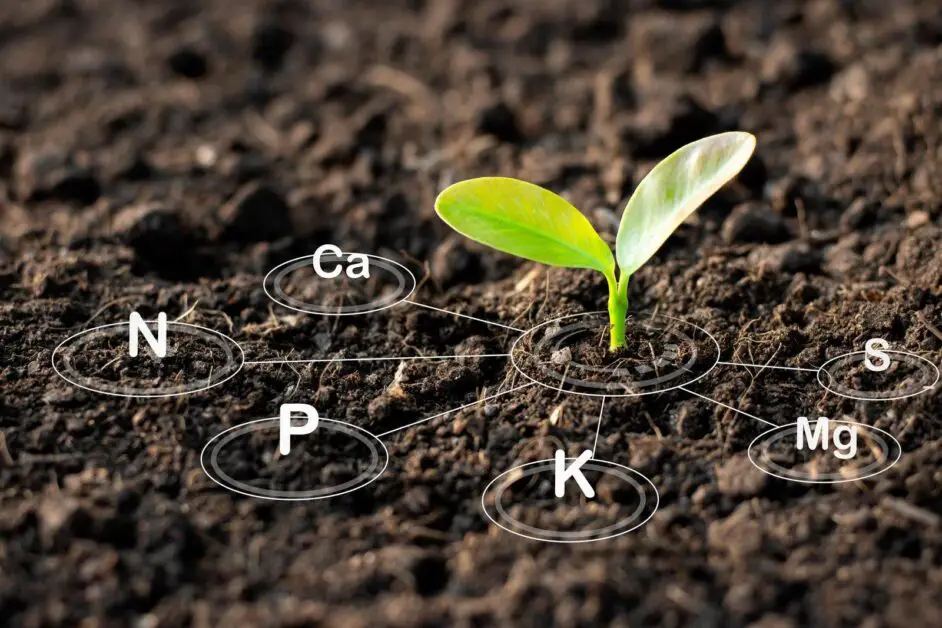

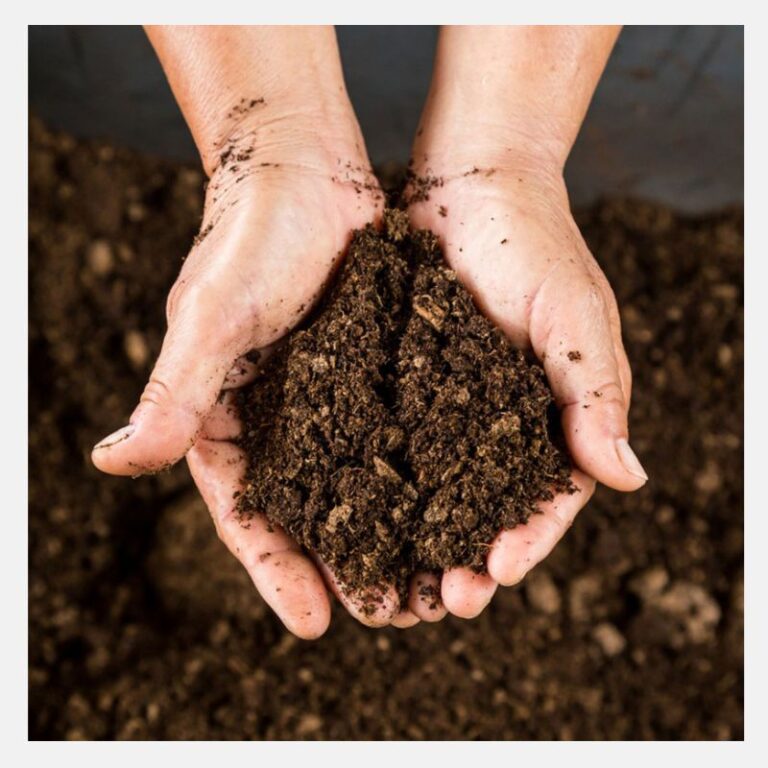

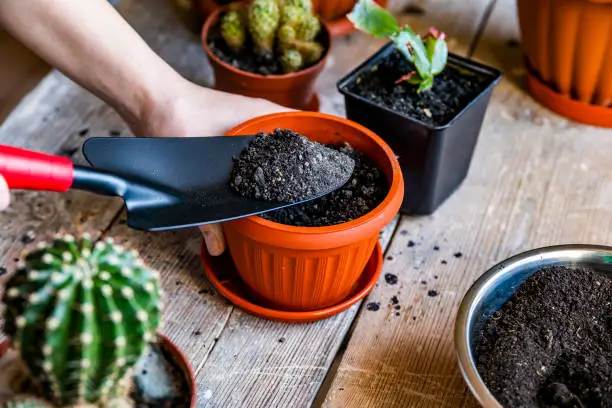

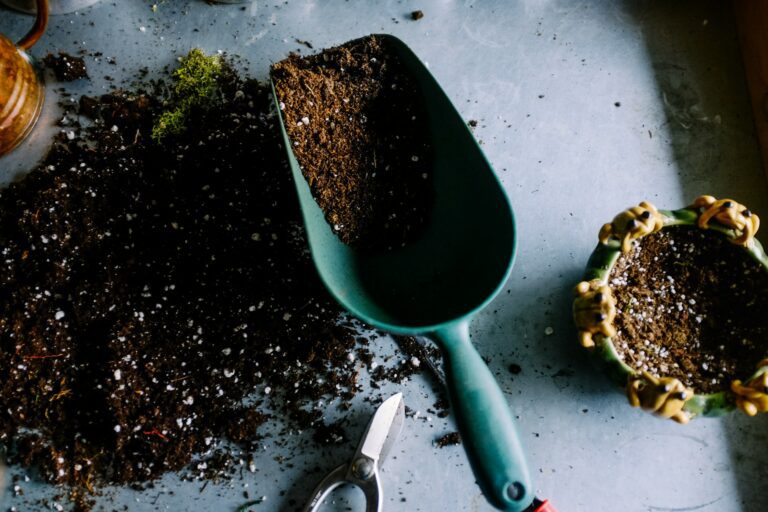
One Comment